DJI has just dropped a new set of affordable goggles that can be used with the Neo and the Avata 2. These are the DJI Goggles N3, which you can think of as a spin-off of the Goggles 3. They offer a lot of the same functionality as these higher-end goggles for a fraction of the price – they’re actually less than half the cost at $229 compared to the Goggles 3 that costs $499 standalone.
Target Market and Use Cases
This makes these goggles the no-brainer option if you own the Neo but don’t already have a set of the Goggles 3. There’s a good amount of people out there that already own the Avata 2, which means they already have the Goggles 3 and the FPV controller that can easily be bound to the Neo, meaning they could just go buy the drone only and use the accessories they already have.
If you, however, just bought the Neo and looked at the Goggles 3, which is the only compatible set, and thought “man, these goggles are literally more than twice the price of the drone, I’ll pass” – enter the Goggles N3. That price point of $229 seems much more appealing.
Features and Design
You might think that in order to get the price down, DJI had to cut out a lot of features and technology to make this headset more affordable, but you’d be surprised at all the features that have made their way down from the more expensive Goggles 3 to the Goggles N3.
To do a quick walk around of the design: the front section houses the screen, ports, and buttons, which is counterbalanced by the battery on the back of the strap that sits on the back of your head. There’s also a wheel on the back of the battery pack that adjusts the fit of the goggles to tighten them to your face so that they sit in place and block out all of the light.
The strap has four mounting points to the goggles, and there’s actually a top head strap if you wanted to add one that connects to the front and back of the goggles. I personally don’t use one, however, because it leaves a nice indent in my hair that I’ve got to wear around all day long.
Interface and Connectivity
To interface with the Goggles N3, there’s:
- A power button on the side
- A back and five-directional control button on top
- USB-C and micro SD card slots up in the middle of the headset
The USB-C port location on the Goggles N3 is just so annoying. I mean, I guess it’s nice to have it right up on the top if you have it sitting on your desk like it is now and want to plug it in to charge it or want to take out your micro SD card. But if you’re somebody that wants to fly with your phone connected, let’s say you want to share your live view with your friend and you have it plugged in, you now have this wire dangling down from the top of the display which is kind of annoying. It’s going to be pulling on the headset as you have it on, it’s going to give you less slack on your cord, whereas on the Goggles 3 it has the USB-C port on the side so you can just easily route this down the side of your body, leave your phone in your pocket, or give your phone to a friend and it doesn’t actually impede on you using the headset.

Comfort and Fit
I’m not exaggerating when I say that the Goggles N3 are some of the most comfortable set of FPV goggles I’ve ever flown with. The padding around the outside is very thick, and these little rubber flaps that sit on top of the nose perfectly block out all of the light. This design is very similar to the Apple Vision Pro – it uses very similar material and is actually a pretty big pivot away from the type of padding that DJI usually uses on their goggles.
For example, the Goggles 3 and all of the previous pairs have used this hard rubber padding that kind of reminds me of the chair in a doctor’s or dentist’s office. This has always made for somewhat of an uncomfortable fit, whereas the padding on the Goggles N3 feels like a soft cushion in comparison.
Before I forget, there’s also fans on the inside of the Goggles N3, just like the Goggles 3, that will alleviate any heat or sweat buildup inside of the goggles. So if you’re wearing them for an extended period of time, they’ll be far more comfortable from a fit and temperature standpoint.
Size Comparison and Design Trade-offs
The one knock that I have on the Goggles N3 from a design standpoint is the size, which you can see right off the bat is about twice the size of the Goggles 3. To me, the weight doesn’t make a noticeable difference, but when I move my head around, I feel like the extra size is noticeable.
The Goggles 3 is crazy lightweight – they’re pressed right up against your face and don’t stick off too far, so your head feels easier to balance. They also have this unique hinge design where all the pressure of the goggles are on your forehead and then the actual headset that holds the screens swings down in front of your eyes and gently rests on your face. The Goggles N3 instead puts pressure around your eyes and on your cheeks like a traditional set of goggles.
Feature Comparison with Goggles 3
To further compare the Goggles 3 and Goggles N3, the button and port selection is identical, as well as the back battery strap design. But the Goggles 3 do have these forward-facing cameras that allow you to see through them while flying your drone so you can see outside of the goggles while keeping them on your face covering your eyes.
Let me just say that this is the biggest gimmick – I haven’t used those cameras since I first tested out the Avata 2 for my Review video. I did a quick screen recording to showcase what it looks like to look through those cameras and then I never used them again. The field of view is just too tight; I can’t tell what’s going on outside of the goggles. Also, the little screen in the top left corner makes it possible to fly in picture-in-picture mode.
Look, I understand what they’re trying to do here, but I just can’t say that these cameras are a big upgrade over what the Goggles N3 gives you because in my opinion they really shouldn’t even be there – they really are just a gimmicky feature that I never use.

Screen Technology and Vision Accommodation
First of all, right from the lenses, you can see that the Goggles 3 has a set of fully adjustable diopters so that you don’t need to wear glasses, and they can be adjusted for different eye width sizes. The Goggles N3, on the other hand, has fixed lenses, and the reason for the larger padding is to accommodate for glasses use inside the goggles so that if you have a prescription.
The differences continue as you look inside, as yes, there is a difference in the screen that is used between these two goggles from the actual panel technology to the refresh rate and the field of view. What all this really adds up to is how immersive the experience is, which I instantly noticed as being the single biggest difference between these goggles.
Immersion Experience
It’s hard to share with you the difference in the immersion experience between the Goggles 3 and the Goggles N3 without having you actually putting the goggles on for yourself, but just know that because of the construction and technology inside of the Goggles 3, when you have this higher-end headset on, the entire experience is pitch black except for the screen, which makes it more immersive.
When you turn on the Goggles 3 and the DJI logo is there on the screen at startup, it’s literally the only thing that you can see – everything else is black. This is also true when you fly the drone – what your camera is seeing and displaying back on the live feed, as well as the HUD, seems easier to pay attention to because it’s completely isolated with nothing but darkness around it.

This is possible because of the fit of the goggles on your face, the fully adjustable lenses, and the panel technology inside to make a truly immersive experience. On the flip side, because the Goggles N3 aren’t as adjustable, the screen feels further away from your face and the display illuminates the interior build of the goggles so the light actually bounces off of the panels that guide your eyes to the screen. It overall just isn’t as immersive when you compare it directly to the higher-end Goggles 3.
Now with that said, I don’t want to make it seem like these goggles aren’t fun to use – they are plenty immersive, but it’s just when you try to compare it to a headset that is twice as expensive, there’s going to be differences. I do just want to say that flying with the Goggles N3 is a lot of fun. When you’re inside of the headset, you forget that it’s not the highest-end screens with the best technology – all you’re thinking about is that first-person immersive view, and it’s just as fun as you’d have with any other headset.
Technical Features
What I think is a total win for the Goggles N3 though is that despite being a more affordable headset, they still have all the great technology and features that make DJI’s goggles great. For example:
- O4 transmission system which makes it compatible with DJI’s newer drones like the Neo and the Avata 2, but also gives you great range and penetration when you fly with these drones
- Easy Acro where you can have the drone perform maneuvers in the air with the push of a button
- Augmented reality cursor
- FPV remote controller or motion controller compatibility
- General virtual reality goggles functionality for panoramic video playback
Final Comparison DJI Goggles N3 vs Goggles 3
Here is a top-down view of how things stack up in my opinion:
- The design is heavily in favor of the Goggles 3 with the improved hinge design and the small form factor
- The fit is actually even in my book as I really like the comfortable padding on the Goggles N3
- The screen fidelity and immersion is heavily in favor of the Goggles 3
- The technology is even as the core feature set between these goggles are the same
Conclusion
With the release of the Neo, a cheaper more affordable set of goggles was necessary, and DJI delivered with the Goggles N3. I’m really happy that they kept a lot of the same core features and functionality with these goggles to give Neo users the same experience as somebody might get from the Goggles 3, but the Goggles 3 delivers with more immersion and better technology for that higher price point.
I think that there’s going to be a lot of people out there that own the Neo that go and purchase the Goggles N3, but if you own the Avata 2, chances are you already own the Goggles 3, so I don’t see the Goggles N3 as being any sort of upgrade over the Goggles 3. In fact, I think that the Goggles 3 pretty much is better than Goggles N3 in every single way. I really do wish it had that softer padding like this headset does though – this padding is very nice, but Goggles 3 is still the king in terms of FPV goggles from DJI.
Thanks for watching this video and as always I’ll talk to you later!
Discover more from DroneXL.co
Subscribe to get the latest posts sent to your email.
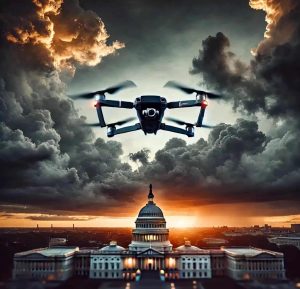

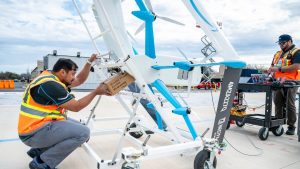
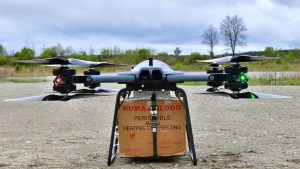

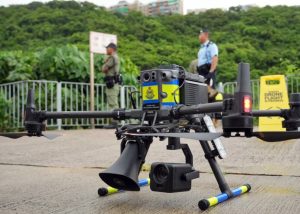
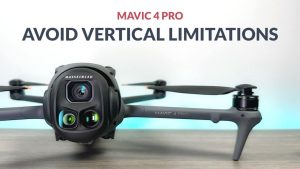
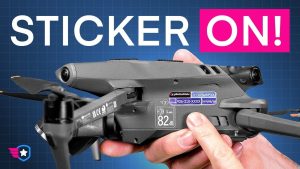
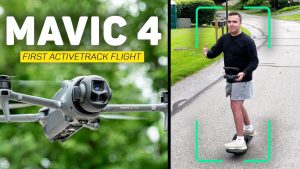
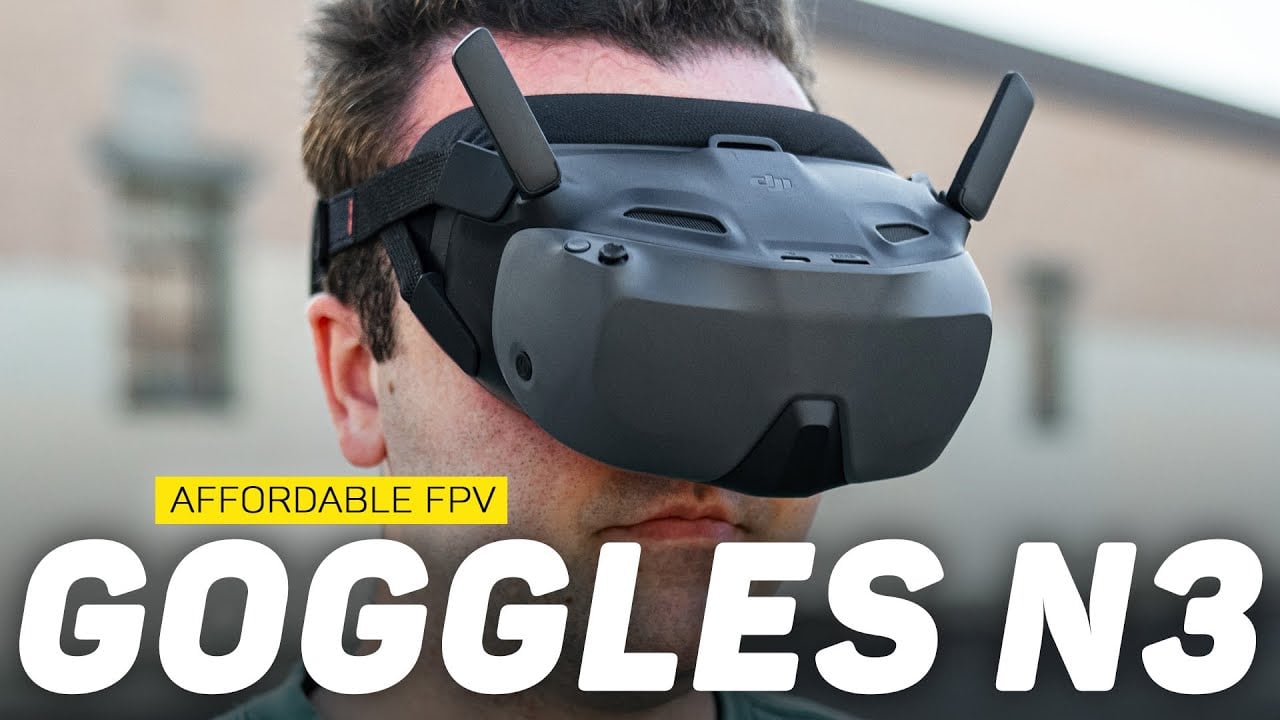

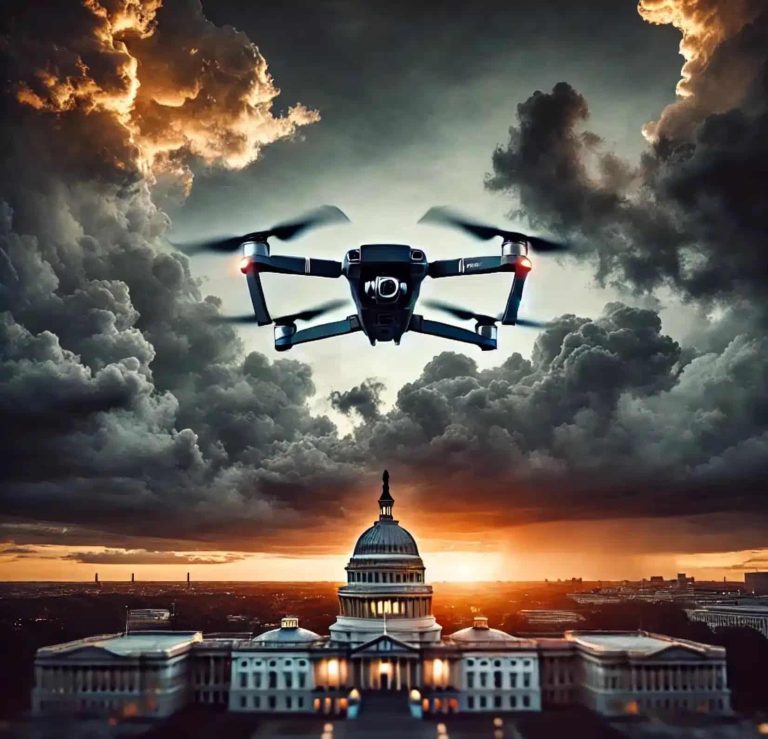
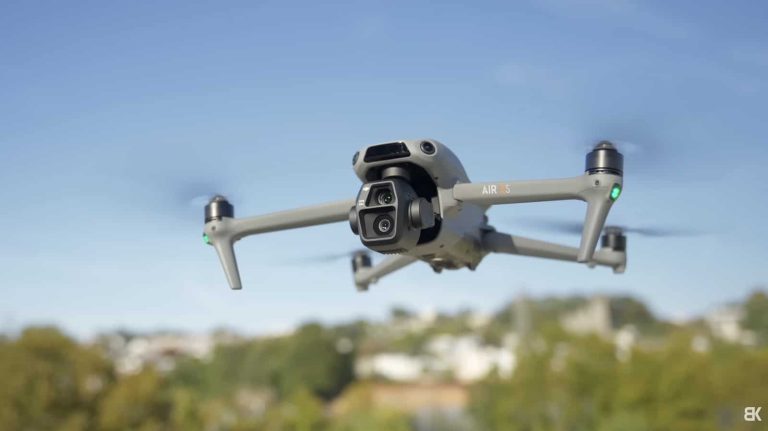
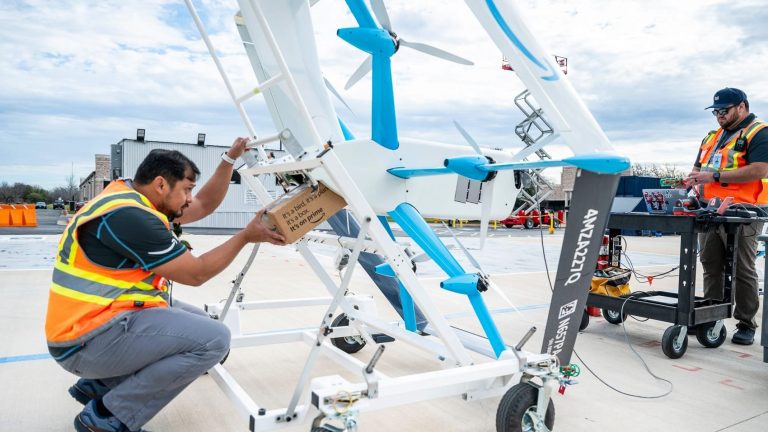
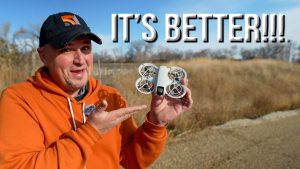
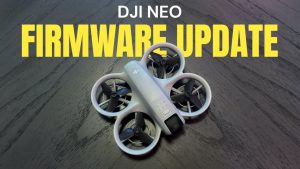
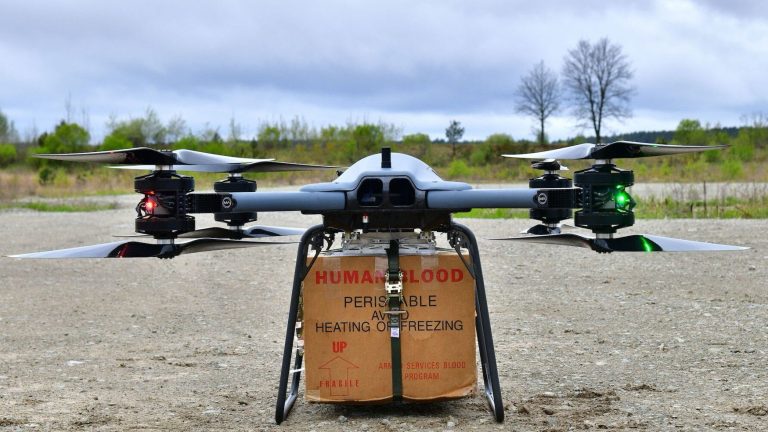
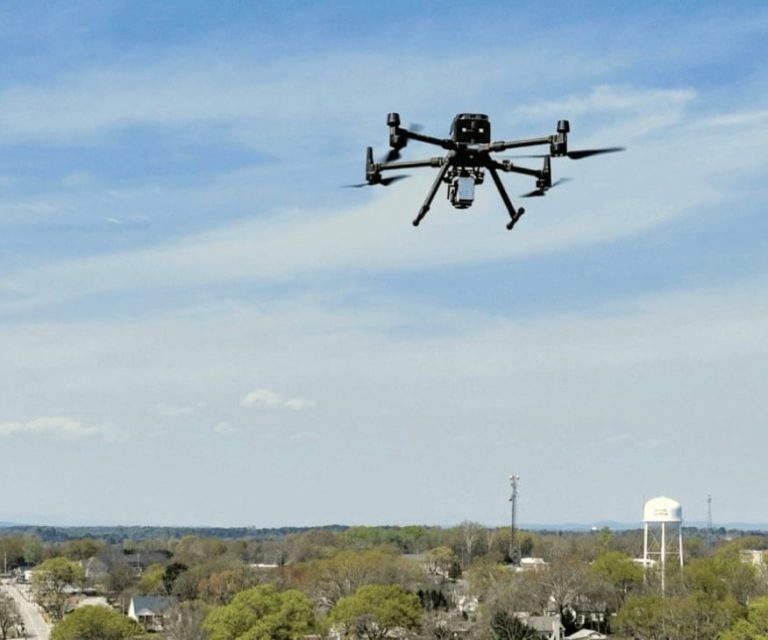
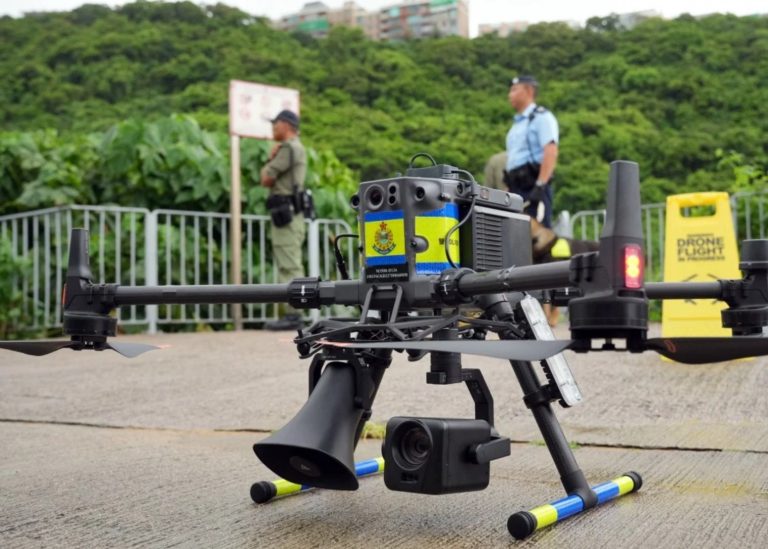
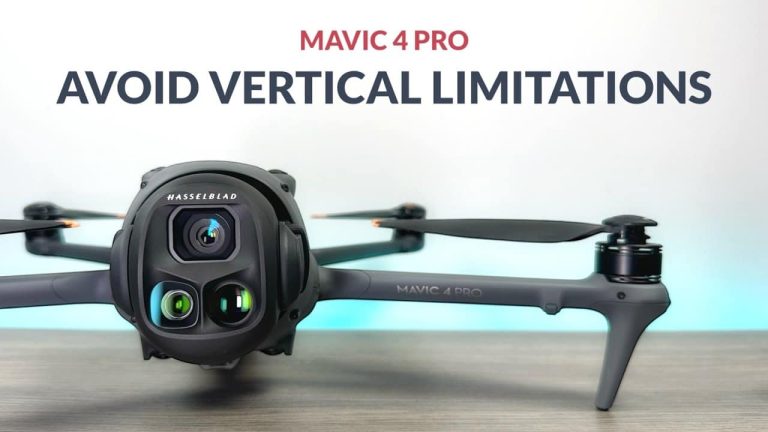
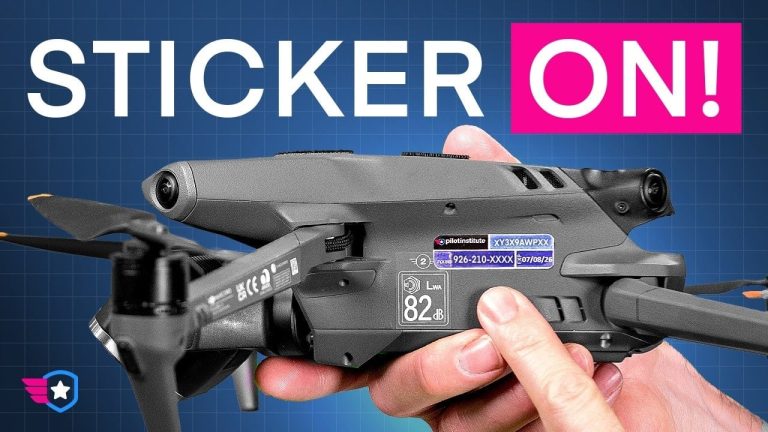
+ There are no comments
Add yours